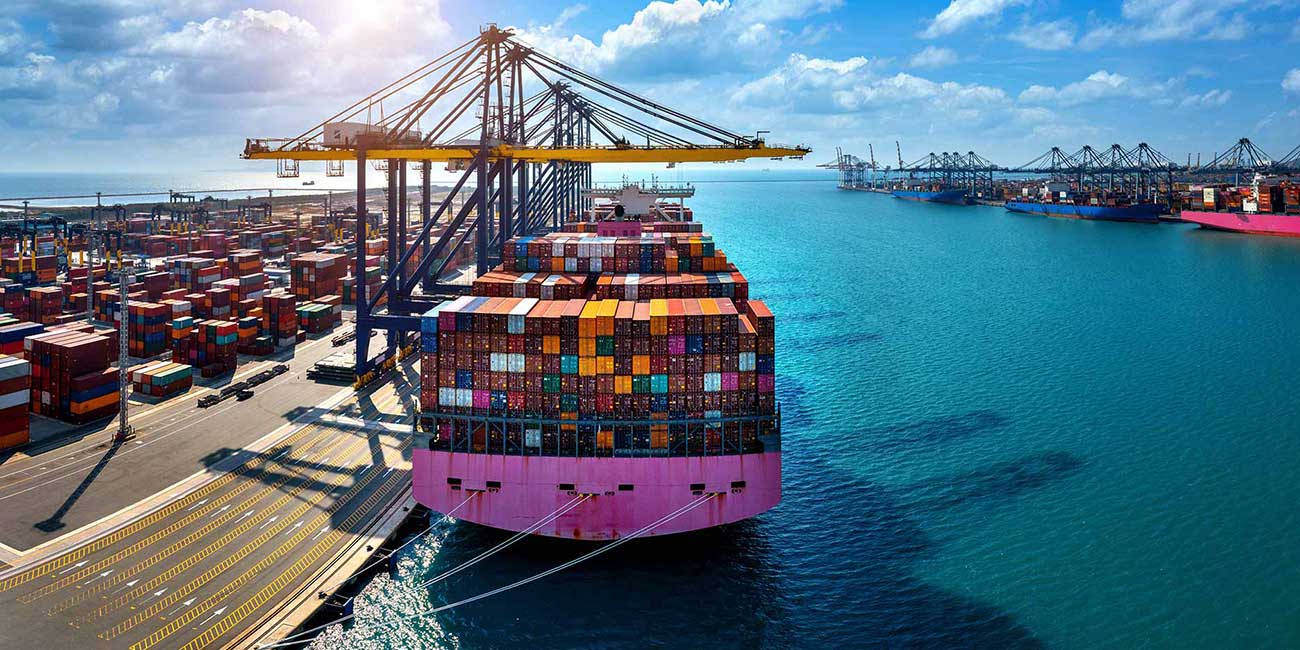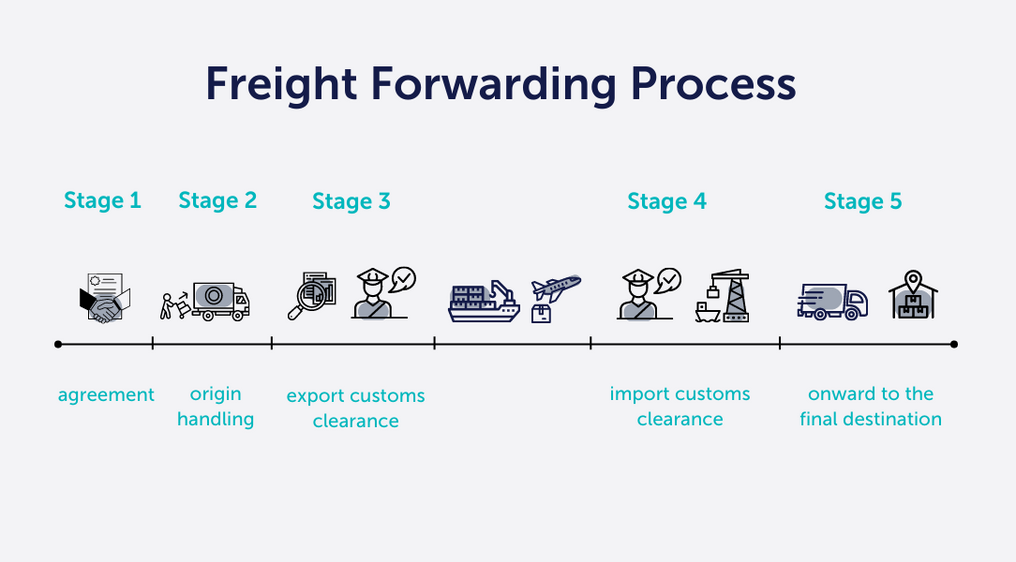
Freight Forwarding
Freight forwarders organise the shipment of goods from one country to another. The goods may consist of packages, crates and containers, or a mixture of all three. They work for companies and individuals that import and export goods.
The client decides how much involvement the forwarder has in the goods’ journey. For example, it might be taking a container load from a factory in one country to another (for onward assembly), or it might contain finished goods that
go from the producer directly to a shop’s warehousing facility. The freight forwarding company can use a mixture of shipping modes (not just ships!) but sea, aeroplanes, trucks and rail.An example
Let’s say a factory in China manufactures children’s toys. The freight forwarding company could arrange to transport the toys from the factory to the Chinese airport by truck, fly the toys to London Heathrow, and then truck the toys from the airport to the customer’s warehouse or store in the UK.
Freight forwarding process

Here’s the process in simple steps:

Stage One
The importer and the supplier agree on terms of trade – known in the trade as International Commercial Terms (or ‘Incoterms.’) The Incoterms are a set of internationally recognised rules which define what each side is responsible for.
Stage two: Origin handling and export clearence
Depending on the INCO terms agreed, the freight forwarding company can arrange to move the goods from the supplier’s location to the next part of the chain – whether that’s to a seaport, or an airport. The company will also arrange for the cargo to be satisfactorily inspected by the customs department of the origin country if required.
Stage three: Export customs clearance
The freight forwarding company can be responsible for coordinating the relevant paperwork between the supplier and recipient of the goods to ensure that all laws and carrier requirements are met. In short, a passport for the shipment.
Stage four: import customs clearence
Once the cargo has arrived in its destination country, the paperwork must be checked once again to confirm that it meets the required custom and quarantine requirements. A good freight forwarding company will request and prepare this information in advance to reduce holdups in the process.
Stage five: onward to the final destination
Once the goods are approved for release into the destination country, the freight forwarding company will organise its onward transit. This could be direct to the customer’s warehousing facility, retail store, or, if a 3PL is required, to a warehouse managed by the freight forwarder.
